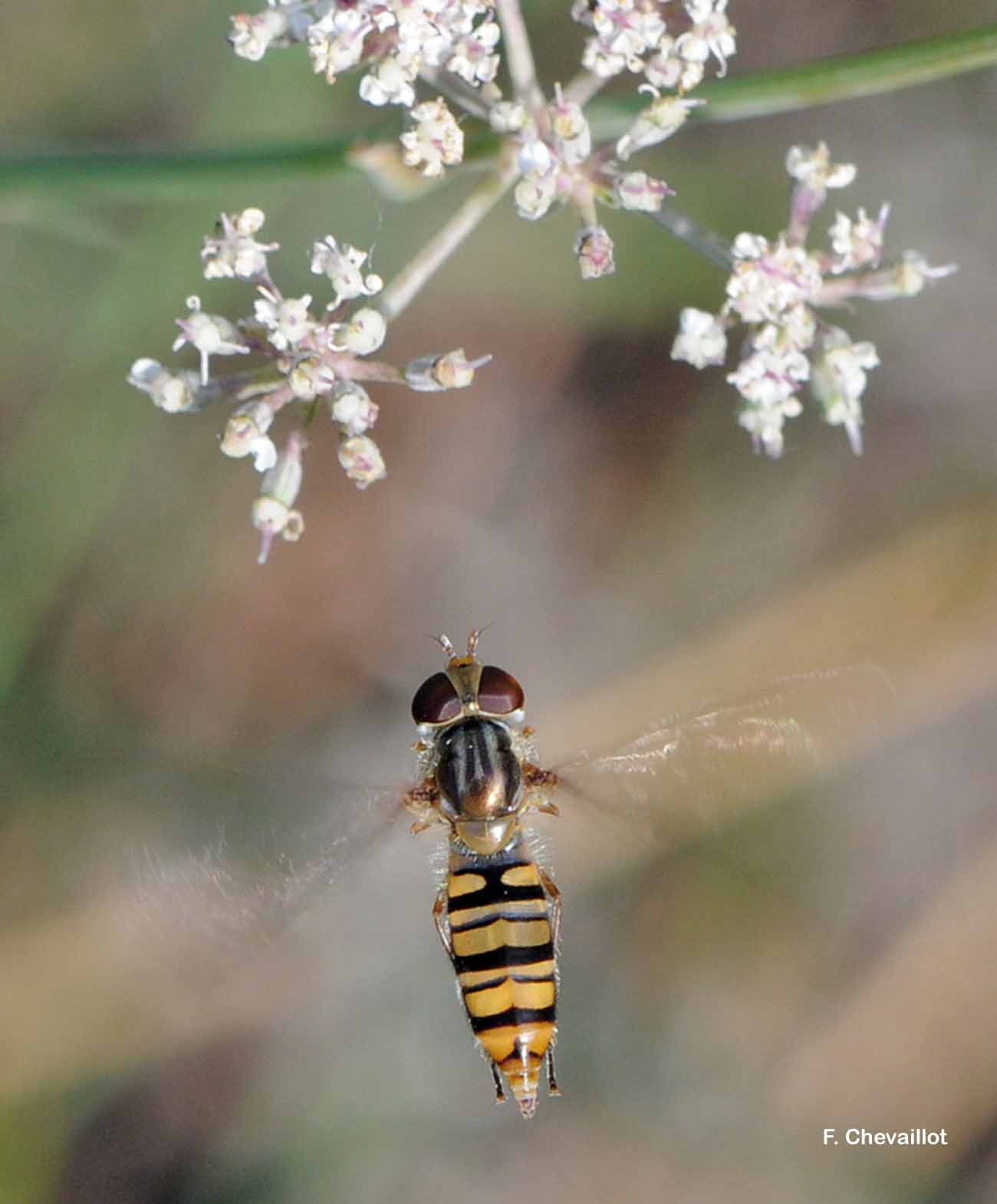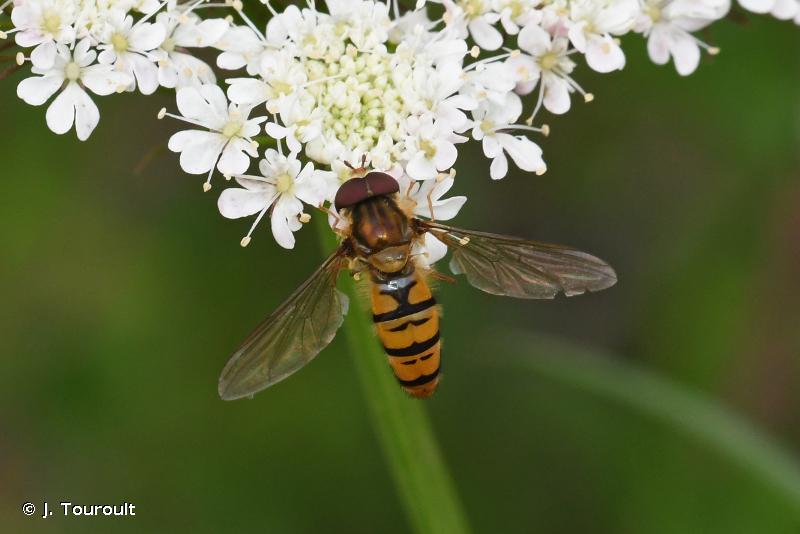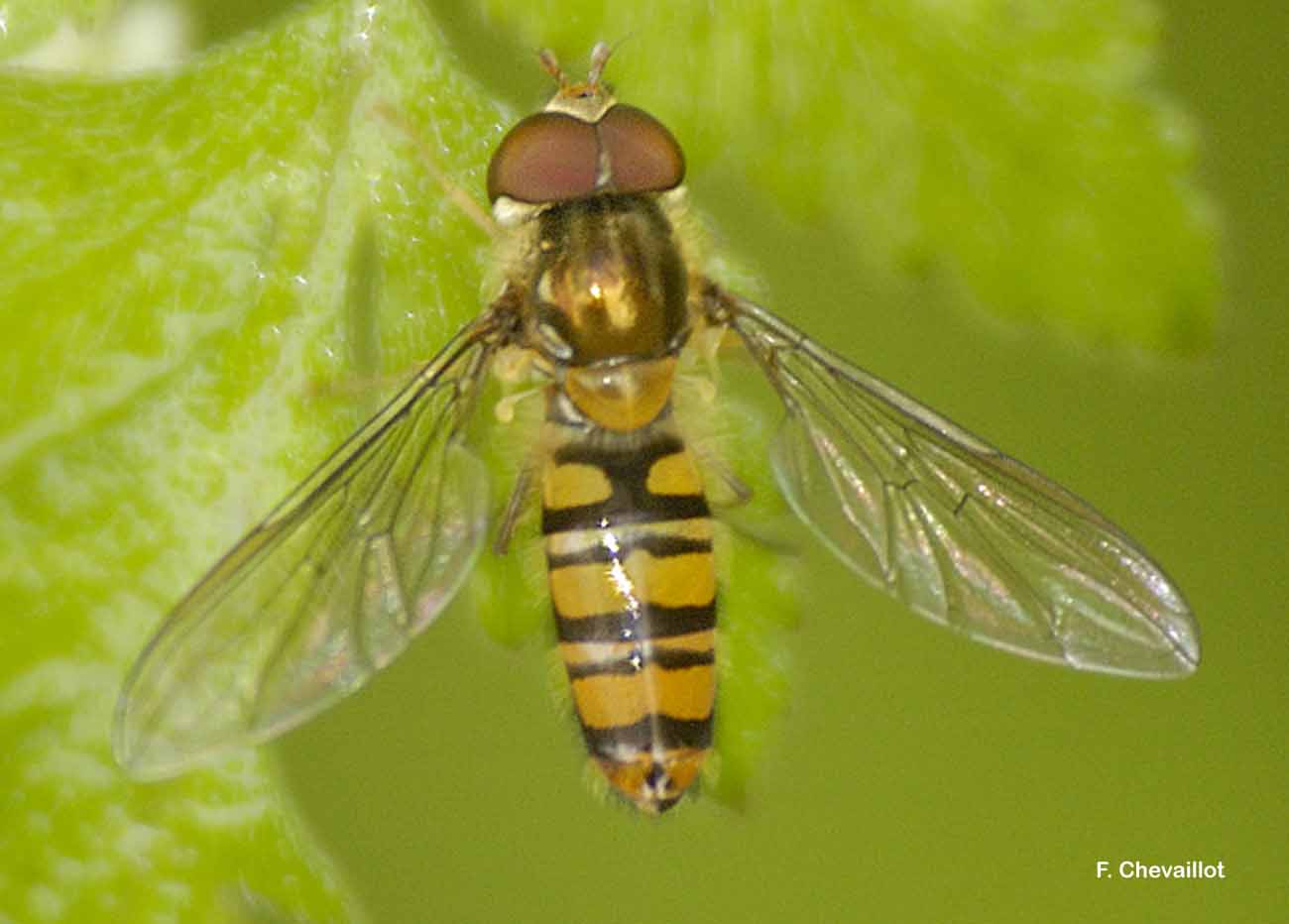
cd_nom

| Author : F. Chevaillot |
 |
To get the picture, please visit:
Fred CHEVAILLOT
Moulin de Castor
La Maynobe
12550 COUPIAC
06 51 19 18 32
09 88 28 31 26
www.insecte.org
email : fred.chevaillot@wanadoo.fr
Any reuse of one or more photographs on this site is subject to an authorization request from the author.
Link to the Code of Intellectual Property (Legifrance)

| Author : J. Touroult |
 |
To get the picture, please visit:
Julien Touroult
UMS PatriNat (OFB - CNRS - MNHN)
CP41, 36 rue Geoffroy Saint-Hilaire, 75005 Paris
Legend: Corse. La Planète Revisitée - MNHN, Collectivité de Corse, OFB.
Despite the Creative Commons license, please inform the author of the use which will be made of his photo

| Author : J. Touroult |
 |
To get the picture, please visit:
Julien Touroult
PatriNat (OFB - CNRS - MNHN)
CP41, 36 rue Geoffroy Saint-Hilaire, 75005 Paris
Legend: Femelle. Deux-Sèvres
Despite the Creative Commons license, please inform the author of the use which will be made of his photo

| Author : F. Chevaillot |
 |
To get the picture, please visit:
Fred CHEVAILLOT
Moulin de Castor
La Maynobe
12550 COUPIAC
06 51 19 18 32
09 88 28 31 26
www.insecte.org
email : fred.chevaillot@wanadoo.fr
Any reuse of one or more photographs on this site is subject to an authorization request from the author.
Link to the Code of Intellectual Property (Legifrance)

| Author : A. Lacoeuilhe |
 |
To get the picture, please visit:
Aurélie Lacoeuilhe
aurelie.lacoeuilhe@wanadoo.fr
Despite the Creative Commons license, please inform the author of the use which will be made of his photo

| Author : M. Ghislain |
 |
To get the picture, please visit:
Ghislain Manon
MNHN
43 rue Buffon
75005 Paris
Despite the Creative Commons license, please inform the author of the use which will be made of his photo

| Author : A. Lacoeuilhe |
 |
To get the picture, please visit:
Aurélie Lacoeuilhe
aurelie.lacoeuilhe@wanadoo.fr
Despite the Creative Commons license, please inform the author of the use which will be made of his photo
Taille :
Moyenne, 8 à 12mm.
Diagnose :
Tête principalement jaune. Thorax sombre avec plusieurs bandes claires longitudinales vue de dessus. Abdomen orange avec un dessin caractéristique de cette espèce : une double bande noire sur chaque segment abdominal. La bande noire du dessus est généralement fine et divisée en son milieu ressemblant au dessin d'une moustache. Les dessins noirs peuvent cependant être plus étendus si les températures sont basses durant la période de pupation. Les pattes sont principalement jaunes.
Facilité d'identification :
Relativement simple et possible sur photo et en vol sur le terrain.
Confusions possibles :
Pas d'espèce ressemblante à condition de bien avoir observé les motifs de l'abdomen.
Période de vol:
Les adultes sont visibles de février à novembre en plusieurs générations successives voire même observables toute l'année dans la partie la plus méridionale de la France.
Répartition générale:
Espèce très anthropophile et pratiquement ubiquiste, elle est particulièrement migratrice et présente dans toute l'Europe et à travers l'Asie jusqu'à la côte pacifique puis redescend jusqu'à l'Australie.
Habitat et biologie:
Espèce très commune que l'on retrouve pratiquement dans tous les habitats terrestres, y compris dans les parcs et jardins et même au cœur des villes. Les larves sont de redoutables prédatrices, principalement des pucerons mais peuvent aussi parfois s'attaquer à d'autres proies comme des larves d'autres syrphes, de petites araignées ou encore des chenilles de microlépidoptères.
Speight, M.C.D. (2020) Species accounts of European Syrphidae, 2020. Syrph the Net, the database of European Syrphidae (Diptera), vol. 104, 314 pp., Syrph the Net publications, Dublin.
Thomas Lebard(),2021
Continental
Metropolitan France
Overseas
Marine
Metropolitan France
Overseas
The map presents a summary at the 10 x 10 km grid of the observation data for the species transmitted to the SINP. These data have been subjected to validation filters.
The map presents a reference distribution layer of the species at the scale of departments and marine sectors. The presence and absence data were established by expertise within a network of partners. This reference distribution is used in the validation process of the SINP data at the INPN level.
Corresponds to a report on the basis of at least one observation proved within a period of 10 years (20 years for little-known invertebrates) preceding the year and no presumption of extinction since obtaining the last data nor doubt on reproductive and implemented nature of this population. For migratory species, the presence indicated concerns areas of reproduction.
This status is based on one or more of the following criteria:
This point covers the absence, more difficult by nature to demonstrate than presence. This status is based on one or more of the following criteria:
This status must be assigned to a department in which the presence of the species is casual.
Particular case of absence due to a proven extinction less than a half century ago (older disappearances are treated as "no probable or definite").
In the state of knowledge, we can not comment on the presence or absence in the current department. This is the default status when not comprised in one of the previous categories or whenever there is doubt.
The map shows the global distribution of the species based on GBIF data (Global Biodiversity Information Facility).
